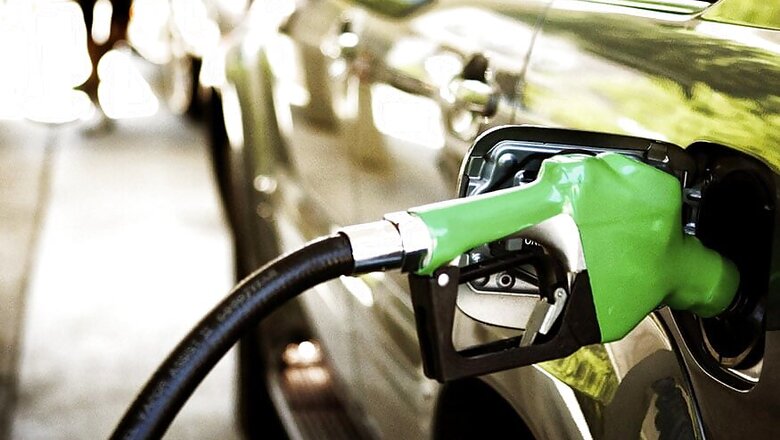
views
New Delhi: PSU oil firms stopped revising petrol and diesel prices 18 days before Karnataka went to the polls, even though benchmark international rates went up by almost $2 per barrel. Cash, on the other hand, became scarce in the poll-bound state as election campaigns gained force and ATMs ran dry.
With finance ministry refusing to cut excise duty to give relief to the common man from petrol hitting a 55-month high of Rs 74.63 a litre and diesel at a record high of Rs 65.93, oil PSUs have not changed fuel rates since April 24.
This is despite the benchmark international rate for petrol going up from $78.84 per barrel, which was used for raising the price to Rs 74.63 a litre on April 24, to $80.56 now.
The benchmark international diesel rates during this period have climbed from $84.68 per barrel to $86.35. Also, the rupee has weakened to Rs 67.28 to a US dollar from Rs 65.41, making imports costlier.
The prices at petrol pumps of state-owned fuel retailers like Indian Oil Corp (IOC) were cut by 1-3 paisa every day in the first fortnight of December 2017 before Gujarat went to polls.
They started moving up immediately after Gujarat Assembly elections, leading to speculation that the government may have asked oil companies to hold the prices.
State-owned oil companies in June last year dumped the 15-year old practice of revising rates on 1st and 16th of every month and instead adopted a dynamic daily price revision to instantly reflect changes in cost.
While fuel prices provided relief, ATMs ran dry across the country owing to surge in cash demand in Karnataka.
Banks said Telangana, Andhra Pradesh, Karnataka and Bihar were the most hit as bank branches and ATMs ran dry. Other affected states included Maharashtra, Goa, Kerala and Rajasthan.
RBI data shows that historically there has been a spike in currency demand during elections.
Earlier, the crunch was only in a few states like Andhra Pradesh, Telangana and Karnataka, but the Finance Ministry observed similar issues cropping up in other states as well.
“We are seeing a lot of increase in ATM transactions for the last 2-3 months; transactions have gone up, and volume of cash withdrawal from ATMs on an average ticket size has also gone up,” said an official from the ministry during the time of the crisis.
An analysis of RBI data shows that it has consistently been reducing the supply of currency after pumping in record amounts following demonetisation.
The average amount of currency coming out in circulation right after demonetisation was Rs 10,000 crore a day. That subsequently fell to Rs 5,000-6,000 crore and in the past few months has fallen to Rs 1,500 crore.
Data with the regulator also showed that ATM withdrawals were also on a steady rise since November last year. People withdrew Rs 37,126 crore at the end of February after supplies to ATMs began to slide.












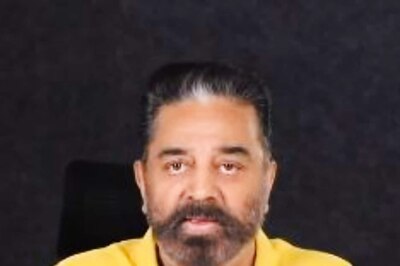


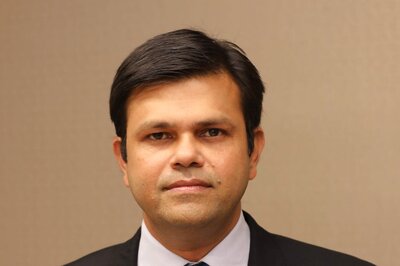
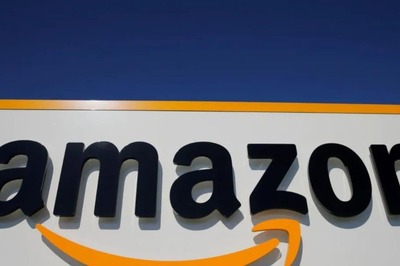
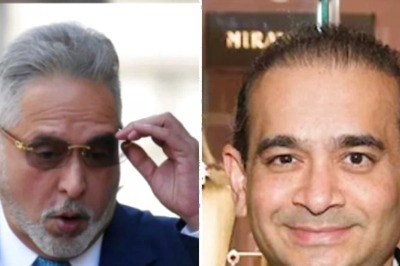
Comments
0 comment